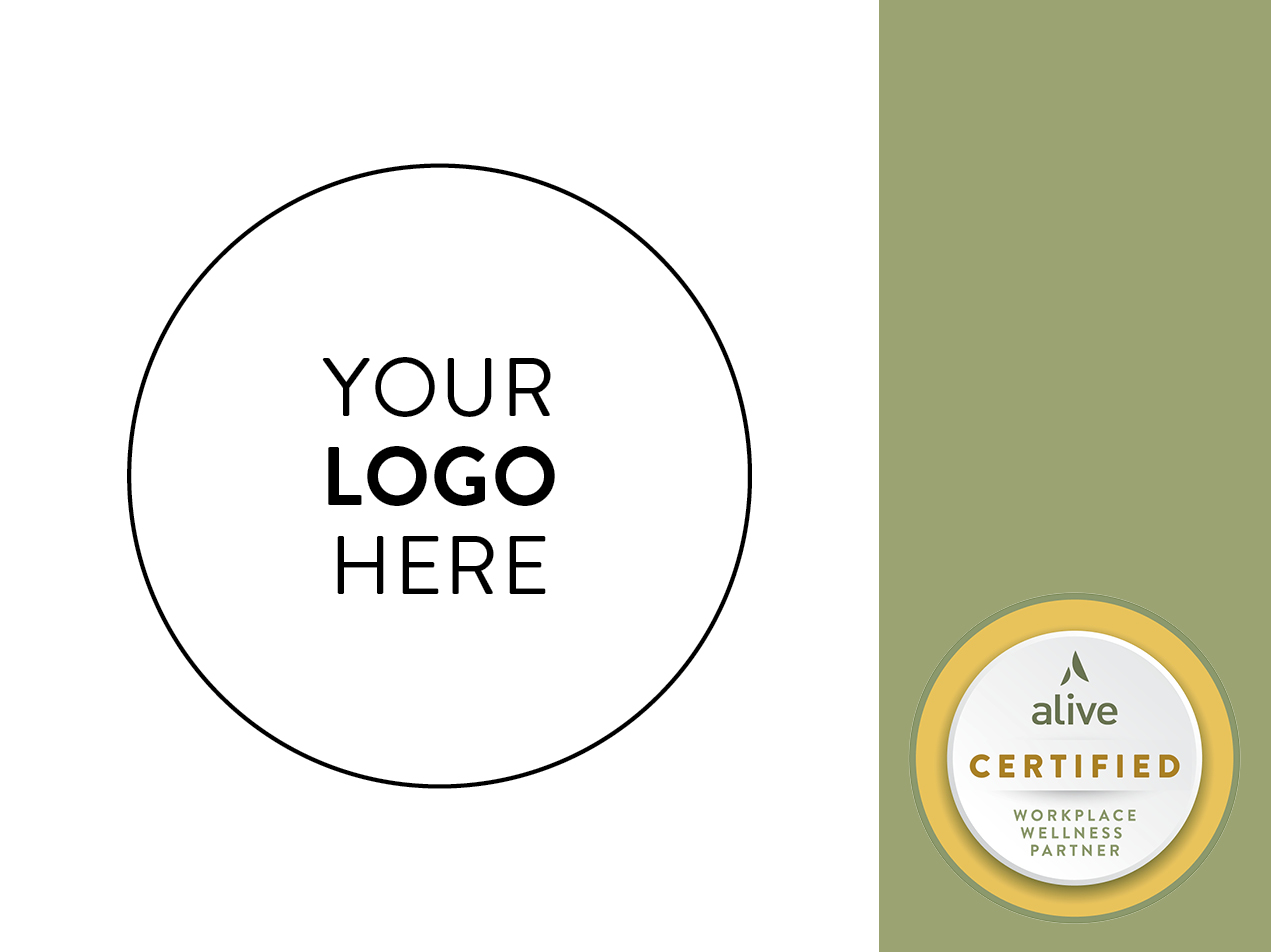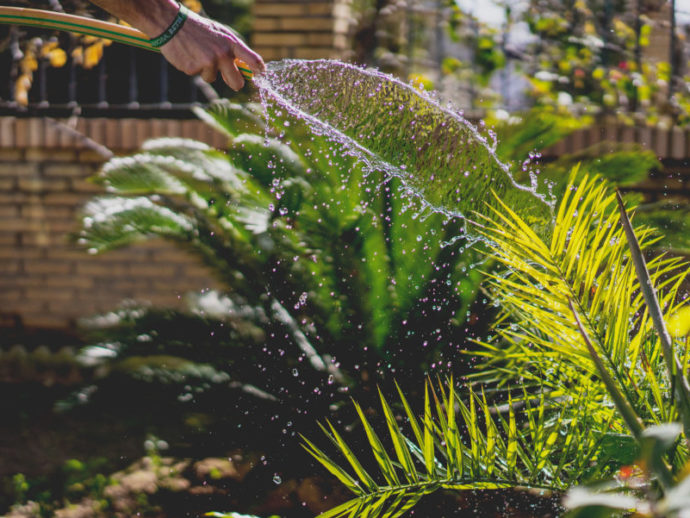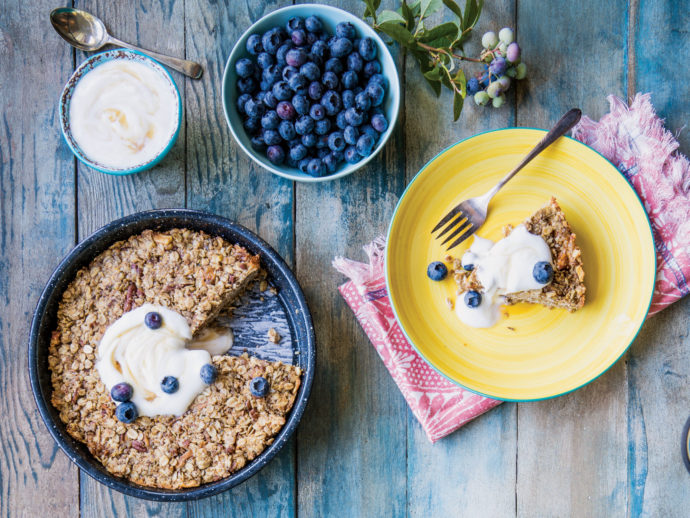
Dreaming of a long summer vacation? Taking a trip can leave us refreshed, but it’s not always possible to fly off on a getaway. Fortunately, incorporating a mindful meditation practice can provide a no-cost, daily way to relax and vividly experience something new: the moment.
The meaning of meditation
There are many styles of meditation, including those that use mantras or visualization, each with its own history, techniques and mentors. Several characteristics are shared across meditation types.
The most common elements of meditation include a space with minimal distractions, a specific comfortable position, a particular focus of attention and an open attitude. Mindfulness is at the heart of all types of meditation practices.
Mindfulness through meditation
Meditation is a moment-by-moment or breath-by-breath awareness. It invites self-compassion and “friendliness” toward ourselves. Donald Eckler, a meditation instructor, depicts meditation as “the act of relating to life directly, as it is,” without overthinking, theorizing or judging.
Meditation, explains Caroline Meyer, doctor of naturopathic medicine and reiki master, can be practiced in myriad ways, including “traditional breathing practices, mindful walking, chanting and even through daily tasks like cleaning and cooking.” Most essential is to be “fully absorbed in what is happening in this very moment.”
Why meditate?
Meditation is thought to relieve suffering, bringing us to a place where we can experience joy, simply by inviting us back to this breath—right here and now.
Mindfulness meditation can help us let go of past and future, reactions and planning, fretting and ruminating. Meyer describes how, when fully present, we’re able to “enjoy the pleasurable events in our lives more intensely and able to weather the painful challenges that arise for all of us. In doing so, we become better parents, partners, workers and friends.”
In addition to bringing stress relief, meditation is thought to help with chronic pain, headaches, irritable bowel syndrome, insomnia, anxiety, depression, respiratory conditions and even skin conditions. Recent research also indicates meditation may reduce high blood pressure, help with distress accompanying cancer diagnoses and treatments and alleviate menopausal discomforts.
How to start
1. Begin with a teacher or group. While apps and online resources can be helpful, all three highlight the benefits of in-person learning, especially at the start of cultivating a practice. Eckler notes that someone new to meditating “is going to want to speak to a real person, someone they feel some trust in who can help them navigate the rocky terrain called life.”
2. Meyer advises clients to start small but consistently, even a few minutes a day, and then gradually extend the time.
3. Aim for every day for six to eight weeks to experience benefits.
4. Explore and enjoy!
Meditation for all
Mindfulness is appropriate for all ages, from children to adults. “Like any great trip,” Meyer says, “meditation can transform your entire experience of life.”






